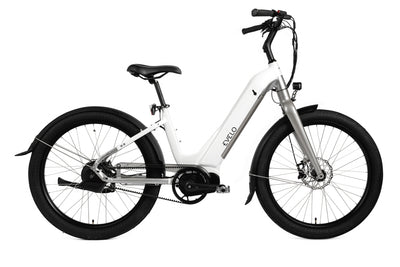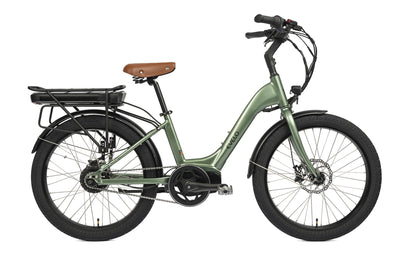How does Connecticut define what an electric bike is?
The state of Connecticut (CT) classifies electric bicycles as “motor-driven cycles.” Electric bikes must have a motor with no more than 750W. Electric bikes must be equipped with brakes that cease motor function when brake is applied. The state classifies electric bikes into three categories:
- Class 1 are electric bikes are the pedal assist only ones, and the motor stops when you reach 20 mph.
- Class 2 includes electric bikes that provide electric power whether or not the rider is pedaling, but stops providing power when the speed reaches 20 mph.
- Class 3 is for bikes that continue providing electrical power up to 28 mph.
Do you need a license, insurance or registration in Connecticut?
Operators of electric bikes do not require a driver’s license or registration.
Each city, town, and borough has the competency to create local regulations for ebikes as long as these are not inconsistent with the state's ordinance.
What are the restrictions on Motor power or throttle?
Electric bikes can't exceed 28 mph. (Class 3)
Are there any age restrictions to riding an electric bike in Connecticut?
A person under 16 years of age can't ride a class 3 electric bike upon any street, highway, or bike or pedestrian path, only as a passenger.
What are the laws around helmets in Connecticut?
Connecticut law requires any person to wear a helmet while riding a bike.
What are the rules for riding on the road in Connecticut?
Electric bikes are prohibited from sidewalks, limited access highways and turnpikes. If the maximum speed of the roadway is more than the maximum speed of the cycle, the cycle must be operated in the right-hand lane or on a usable shoulder.
What are the rules for riding on the trails in Connecticut?
E-bikes are not allowed on bicycle trails, bike paths or multi-use trails or paths. They are also not allowed on paths designed for non-motorized traffic with a natural surface made by clearing and grading soil, without adding surfacing materials.
Additional notes:
- Every electric bicycle should have a lamp on the front emitting a white light visible from a distance of at least five hundred feet to the front.
- Every electric bicycle must have a red reflector, which shall be visible for six hundred feet to the rear when directly in front of lawful lower beams of head lamps on a motor vehicle.
- Every electric bicycle when in use should be equipped with reflective material of sufficient size and reflectivity to be visible from both sides for six hundred feet when directly in front of lawful lower beams of head lamps on a motor vehicle or, instead of reflective material, with a lighted lamp visible from both sides from a distance of at least five hundred feet.
Disclaimer:
Laws and policies can change at any time rendering the above information outdated and non-applicable. EVELO strongly encourages checking with City, County, State and other local agencies for the most recent laws governing the proper, legal use of electric bicycles in your area.
Source:
Connecticut Department of Transportation
Connecticut DOT – Bike Safety Manual



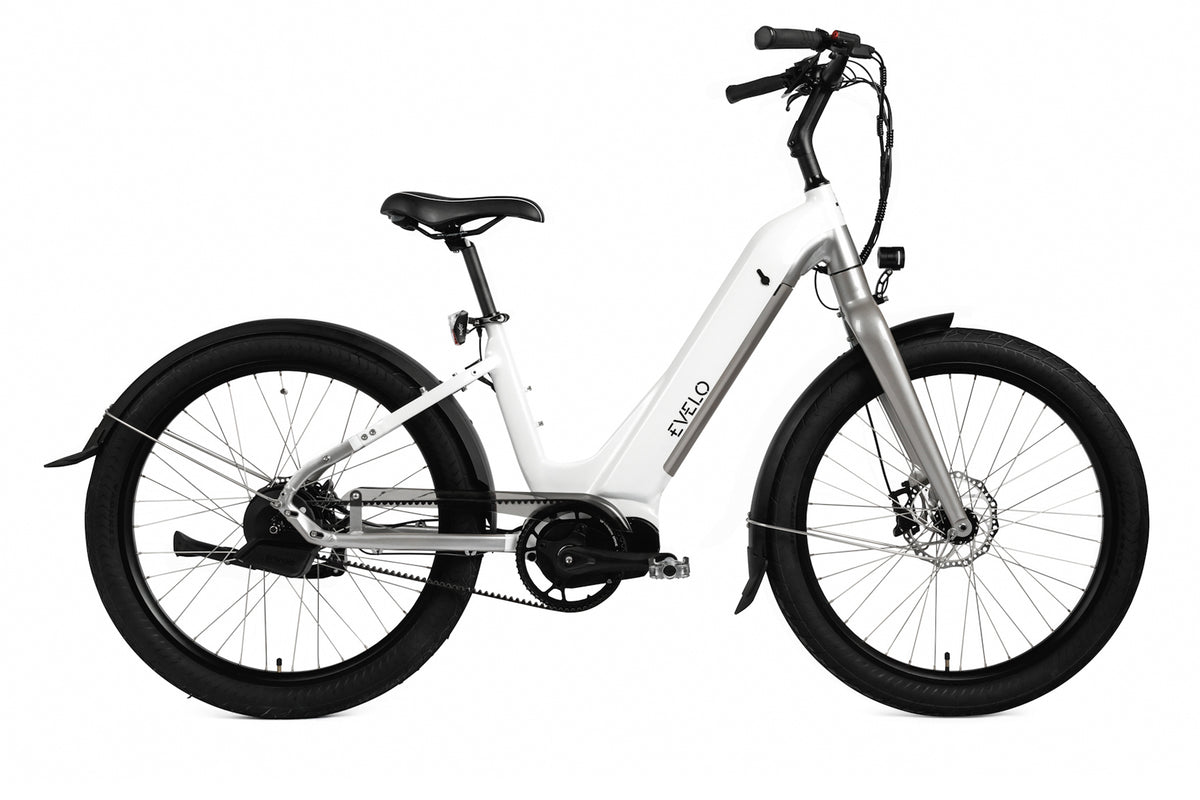
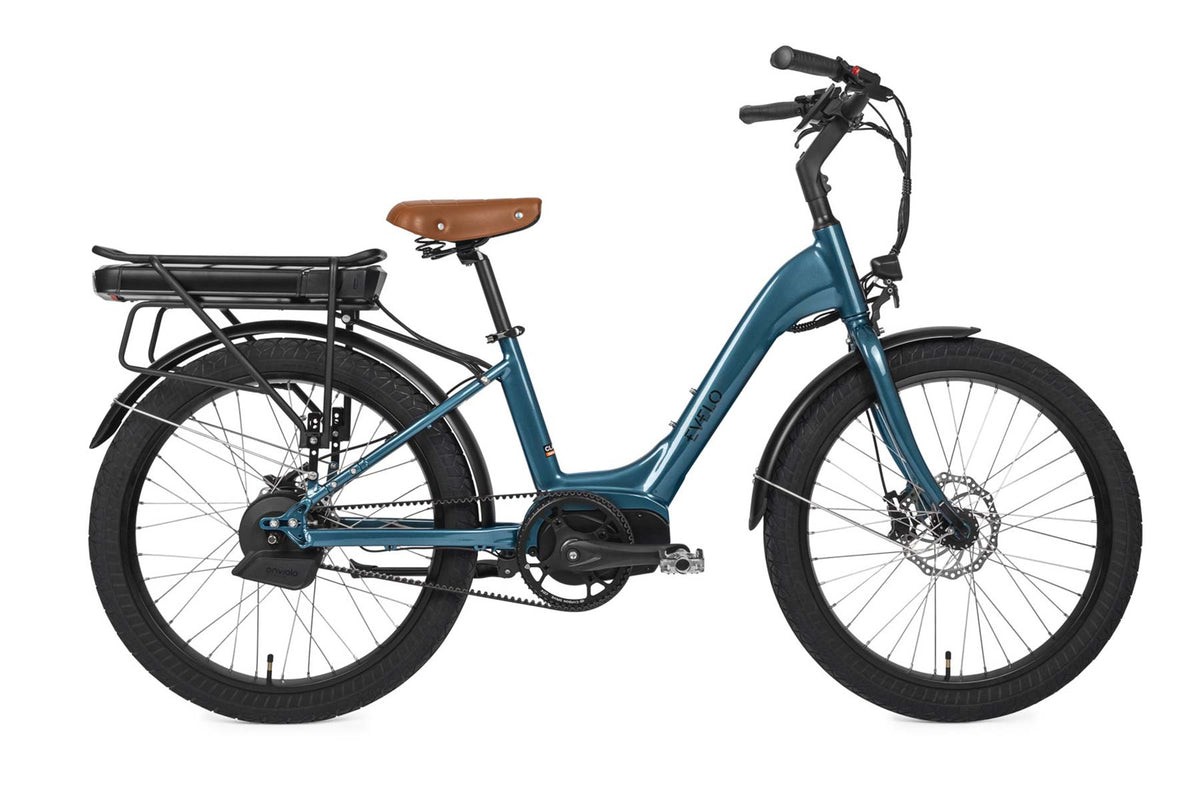



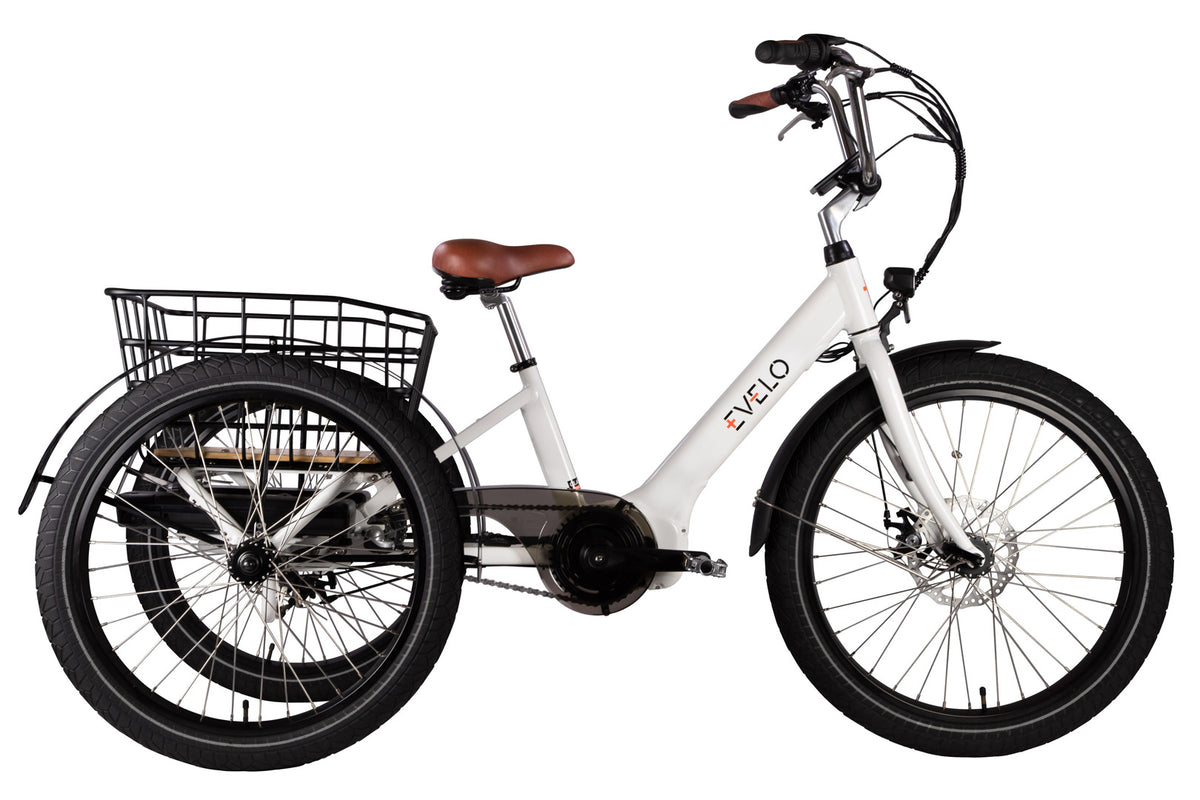

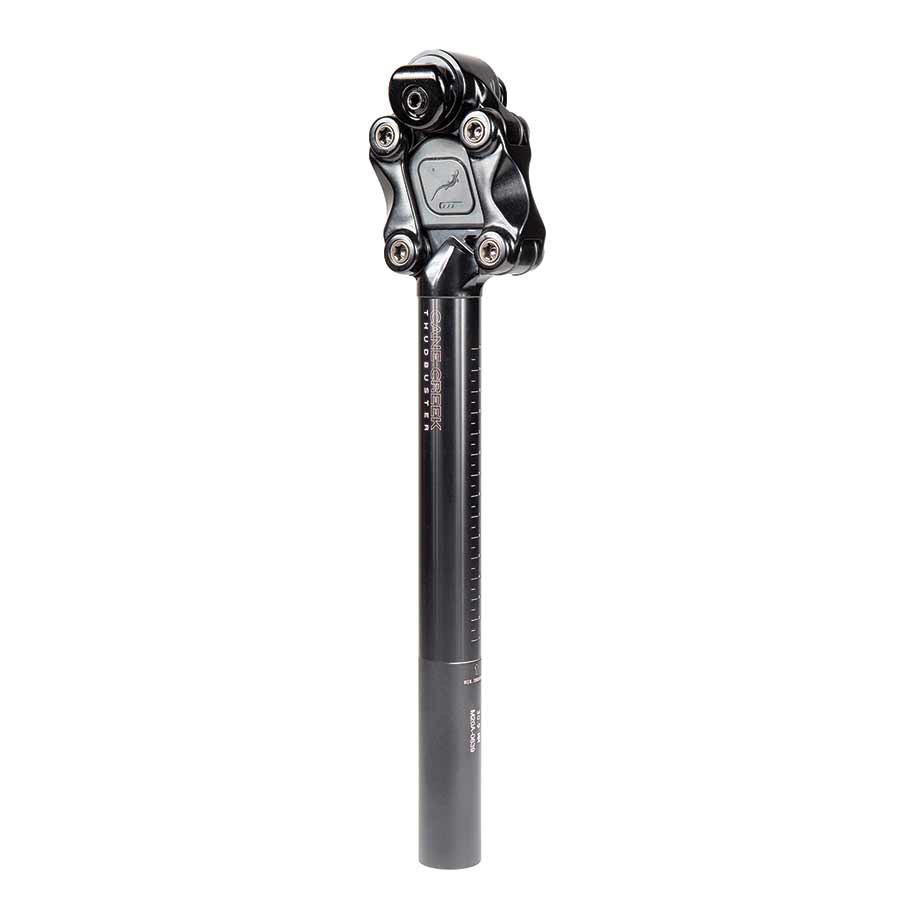






 Easy Assembly
Easy Assembly
 Service and Repairs
Service and Repairs
 Ebike Articles & Content
Ebike Articles & Content




